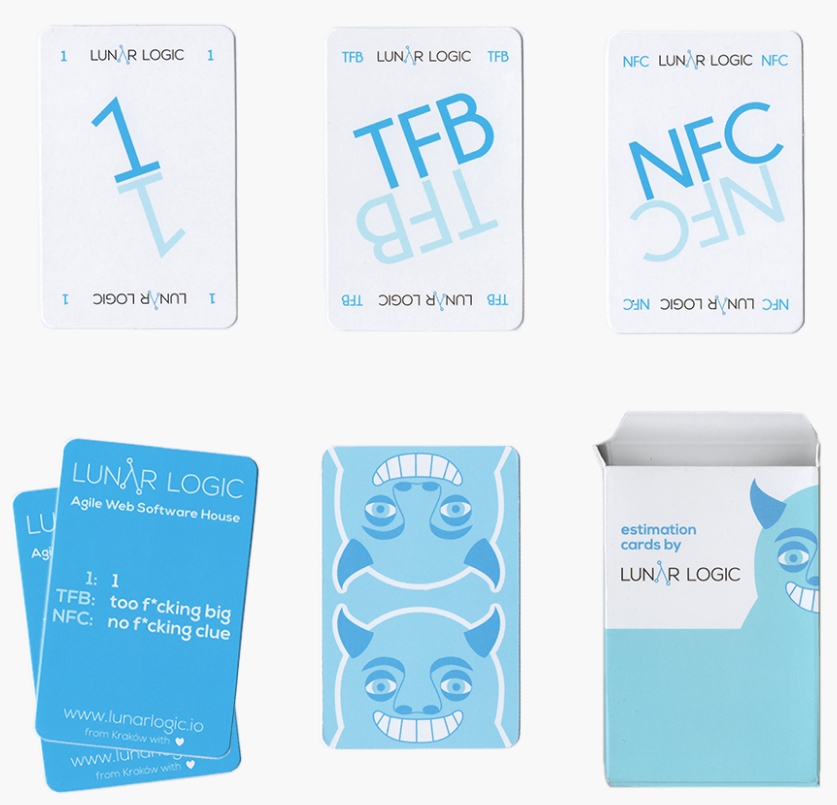You get what you measure. The old truth we keep forgetting about so often.
Story Points and Velocity
One relevant context to remember this is when we measure progress of project teams. The set that was wildly popularized along with Scrum is story point estimation, most typically with Planning Poker as a method to come up with the estimates, and measuring velocity. In such a set velocity, which simply is a number of story points completed in an iteration, is a primary measurement of pace.
I don’t say the whole set is evil. What is evil though is how it is frequently used. Story point is pretty much meaningless – the same story can be estimated 2 or 8 and both are perfectly valid sizes. This means that the moment someone starts expecting specific velocity they will get it. In fact, continuous improvement in velocity is as easy as pie. It’s known as story point inflation.
The same thing will happen when someone starts comparing teams basing on velocity.
And then there’s expectation for velocity to be predictable, which translates to low variability. If that’s the goal story point estimates will be gamed so velocity looks predictable.
How much does it have to do with any real sense of sizing?
OK, I hear the argument that these all are dysfunctions related to velocity. Fair enough. Let’s assume for the rest of this article that we are doing it right.
Measuring Progress
The problem is, that the whole activity of estimating story points doesn’t provide much value, if any. What Larry Maccherone’s research shows is that the best measure of throughput is simply counting the stories or features done.
Let me stress that: it doesn’t matter what size we initially though a story or a feature would be. What matters is that it’s either completed or not. That’s it.
Larry knows what he’s talking about. The data sample he had was from ten thousand agile teams, vast majority of them being Scrum teams. If there had been a quality signal in story point estimations and measuring velocity he would have seen it. He didn’t.
So even if we do the whole thing right it’s just a complete waste of time. Or is it?
Estimation
One part of Planning Poker, or any other discussion about story point estimates, is validating all sorts assumptions about a feature or a story. Another is addressing gaps in knowledge about the task.
These discussions can provide two valuable bits of data. Sometimes we realize that the chunk of work hidden behind a story is simply too big and should be split it. Typically it’s after someone provides input about complexity of a scenario.
The outcome of such a scenario would be simply splitting a story.
A different case is when we realize we simply don’t know enough to come up with any meaningful sizing. It may be either because we need more input or simply we are discovering a new land and thus our level of uncertainty is higher. The reason doesn’t matter.
What matters is that in such a case we deal with more uncertainty than normally thus we introduce more risk.
In both cases we get additional valuable information. Beyond that a discussion whether something is worth 5 or 8 story points is irrelevant.
No Bullshit Estimation Cards
That’s basically rationale for no bullshit estimation cards. I like to think of it as of “Story Points and Velocity: The Good Bits.”
Instead of focusing on futile discussion and potentially driving dysfunctional behaviors we get a neat tool that keeps few valuable parts of the approach. And you get a little bit of sense of humor for free.
By the way, there’s a more serious a.k.a. politically correct version too.
It saves time. It provides value. And most of all, it makes you focus on the right challenges.
And in case you wondered, you can get your own deck (or as many as you want really).


Leave a Reply